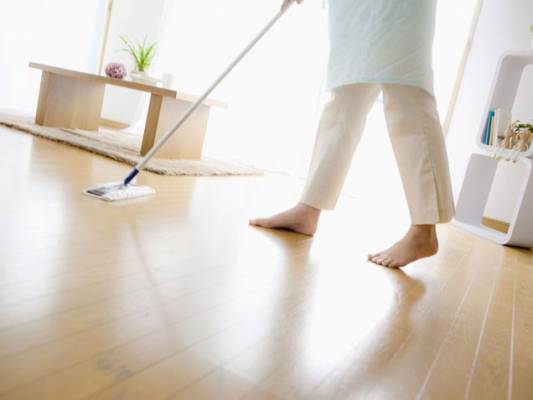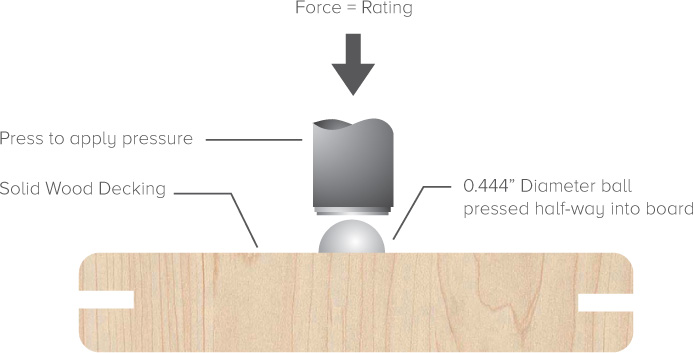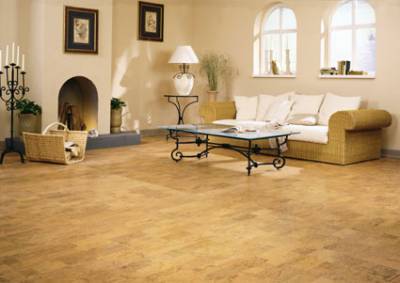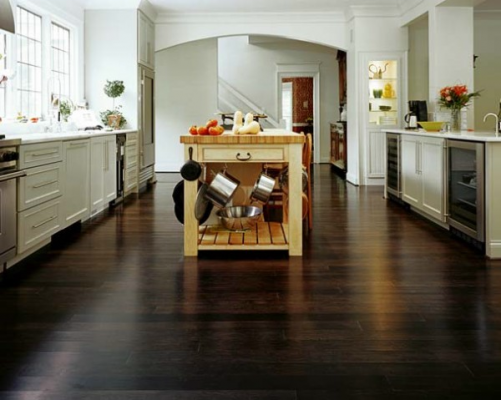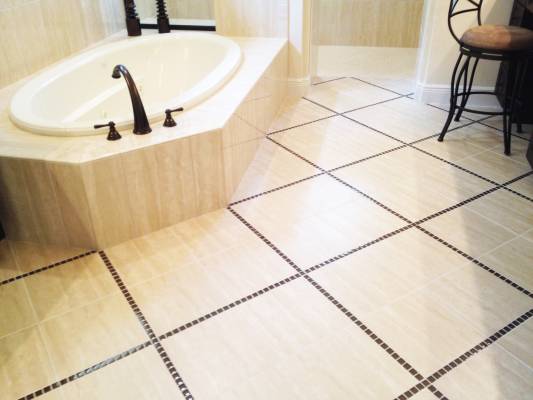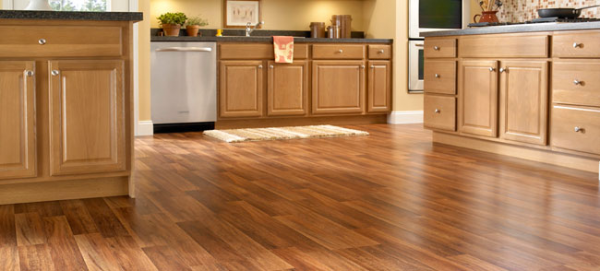How To Keep Your Floors Clean And Safe For Your Family
During the winter on Cape Cod we can get a lot of rain, sleet, and snow so we usually use salt to keep it all from freezing. Salt crystals can act like sandpaper to a floor, dulling a floor’s surface or damaging a finish. And once the surface is damaged, the underlying materials can be damaged or stained by water and other foreign matter that soaks in. First line of defense: Immediately remove water droplets that may contain salt. For that, I keep a Swiffer-type mop handy, outfitted with rectangles of old terry-cloth towel, which I can wash and reuse. To pick up salt that’s dried onto floors without scratching the finish, you’ll first need to spray the floor with warm water, or water mixed with a splash of vinegar. Let the liquid sit for a minute or two, and wipe it up with a dry towel on your mop. Read More How To Keep Your Floors Clean And Safe For Your Family

